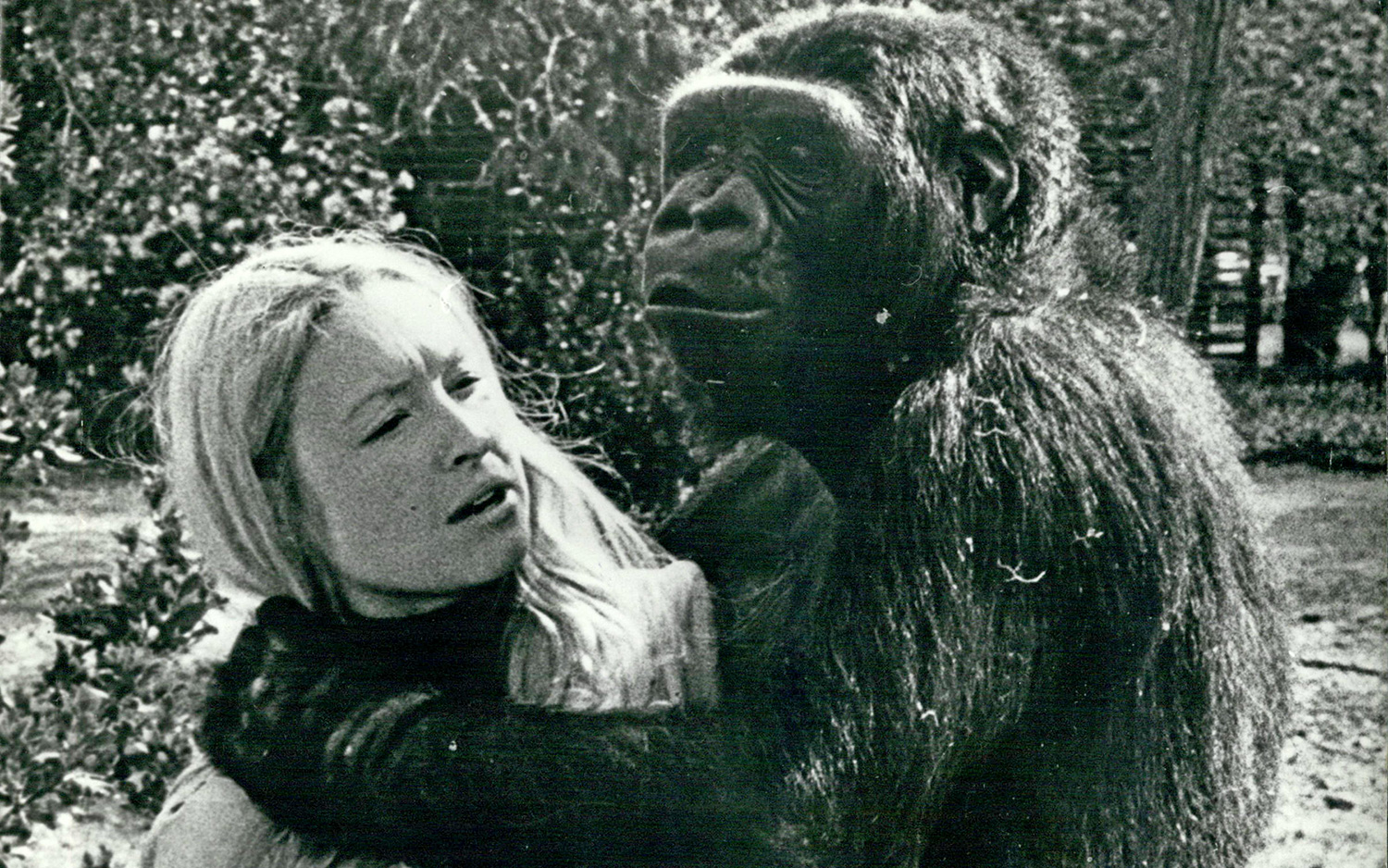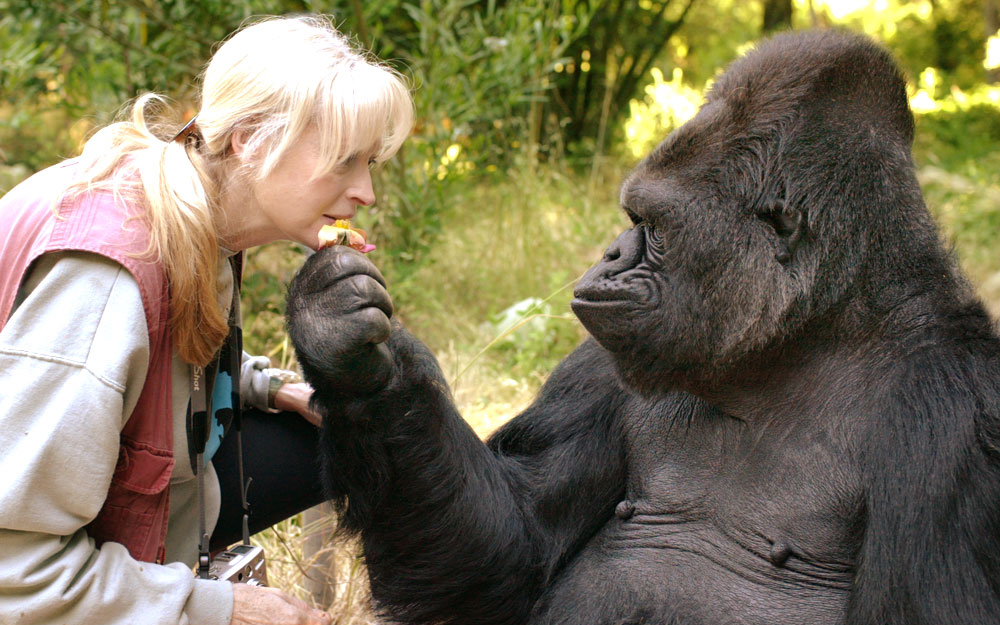Koko, the Gorilla Who Used Sign Language, Is Dead at 46

Koko, the western lowland gorilla who signed her way into people's hearts, died peacefully in her sleep at the age of 46.
Arguably the best-known gorilla in captivity, Koko died yesterday morning (June 20), according to a statement issued by The Gorilla Foundation (TGF), the nonprofit gorilla conservation organization responsible for her care.
Her extraordinary comprehension of spoken English and her capacity for sign language — which included a vocabulary of more than 1,000 words — brought the attention of the world to endangered gorillas, and helped to raise awareness about gorilla conservation for decades. [World's Largest Gorillas Are at Risk (Photos)]
"Koko touched the lives of millions as an ambassador for all gorillas and an icon for interspecies communication and empathy," TGF representatives said in the statement. "She was beloved and will be deeply missed."
Her visibility helped to highlight the plight of threatened great apes in the wild. Western lowland gorillas (Gorilla gorilla gorilla) represent one of two subspecies of western gorillas (Gorilla gorilla), and though they are a protected species, they are still vulnerable to poaching and habitat destruction from human activity, the International Union for Conservation of Nature reported. In fact, conservation scientists warn that if current threats to western lowland gorillas continue unchecked, half their populations could vanish by 2040.
Koko herself had some very choice words to share about humans and their impact on the planet, which were incorporated into a song about climate change titled "Man Stupid," created in collaboration with the Laurel Canyon Animal Company and posted to YouTube in January 2017.
Koko was born at the San Francisco Zoo on July 4, 1971, and when she was only 1 year old, she was introduced to Francine "Penny" Patterson, now the president and director of research at TGF. Patterson, who was then a doctoral candidate in developmental psychology at Stanford University in California, began teaching the young primate a modified form of American Sign Language, initiating what would become the longest interspecies communication study in history, according to TGF.
Sign up for the Live Science daily newsletter now
Get the world’s most fascinating discoveries delivered straight to your inbox.
Patterson maintained a close relationship with Koko until the end of the gorilla's life, continuing to converse with her, observe and record her behavior, and even prepare her meals, Radio Times reported in 2016.

The first symbols that Patterson taught Koko to sign were "eat," "drink" and "more," and over the years, Koko accumulated hundreds of words that she could combine into phrases. Eventually, Koko developed a vocabulary that included about 1,000 signs and demonstrated her comprehension of 2,000 words of spoken English, according to The Telegraph.
However, some of Patterson's other methods for interacting with her gorilla charge were more controversial than sign language. In 2005, two of Koko's former caretakers settled a lawsuit with TGF, claiming that they were dismissed from the foundation after refusing Patterson's suggestion that they expose their breasts to the gorilla — which Patterson herself frequently did — as a way of bonding with the primate and establishing trust.
Over the years, repeated attempts to get Koko to mate — and potentially pass on her communication skills to offspring — were unsuccessful. She is survived by her current partner, a 400-lb. (181 kilograms) male named Ndume who was brought to TGF in 1991 and whose communication is limited to "natural gorilla gestures and vocalizations," according to TGF.
Original article on Live Science.

Mindy Weisberger is an editor at Scholastic and a former Live Science channel editor and senior writer. She has reported on general science, covering climate change, paleontology, biology and space. Mindy studied film at Columbia University; prior to Live Science she produced, wrote and directed media for the American Museum of Natural History in New York City. Her videos about dinosaurs, astrophysics, biodiversity and evolution appear in museums and science centers worldwide, earning awards such as the CINE Golden Eagle and the Communicator Award of Excellence. Her writing has also appeared in Scientific American, The Washington Post and How It Works Magazine. Her book "Rise of the Zombie Bugs: The Surprising Science of Parasitic Mind Control" will be published in spring 2025 by Johns Hopkins University Press.
Wilkes Land crater: The giant hole in East Antarctica's gravitational field likely caused by a meteorite
Get a closer look at wildlife for less: This huge $60 saving on the Bushnell 10x42mm Trophy XLT binoculars — now down to their lowest-ever price at Adorama
Acer Aspire Vero 16 review: Admirably eco-conscious










